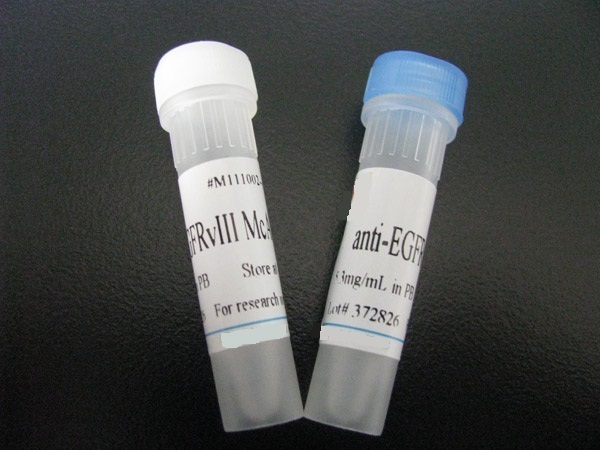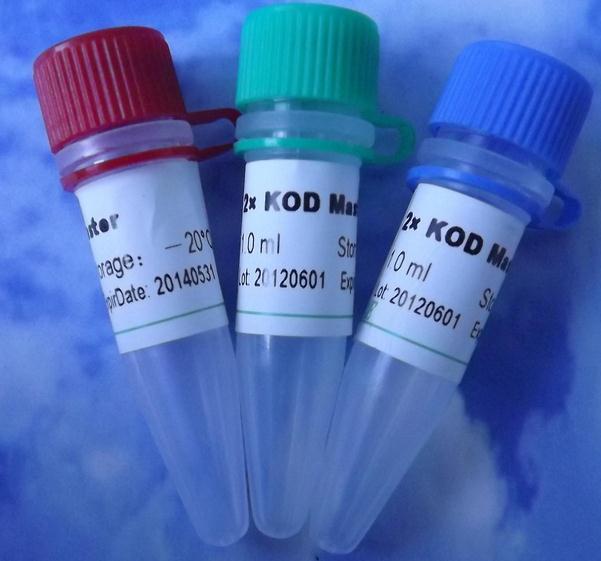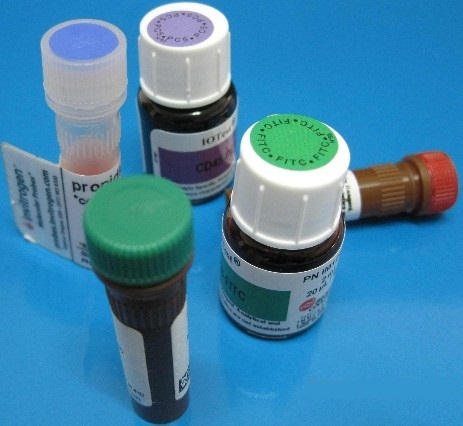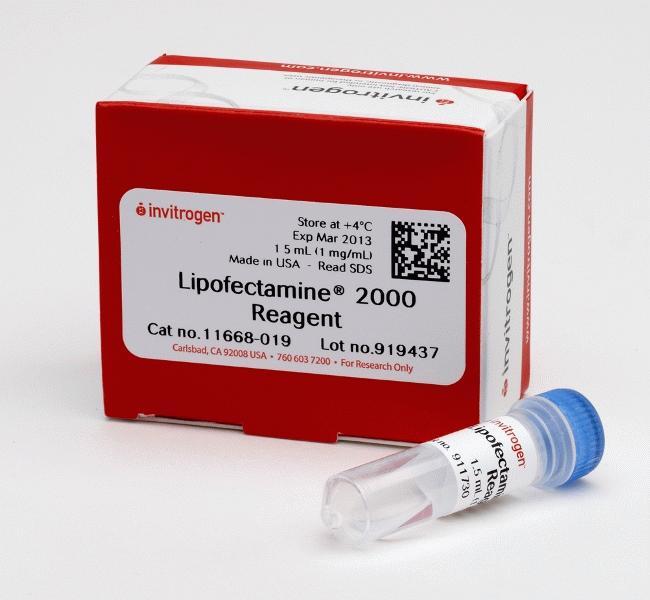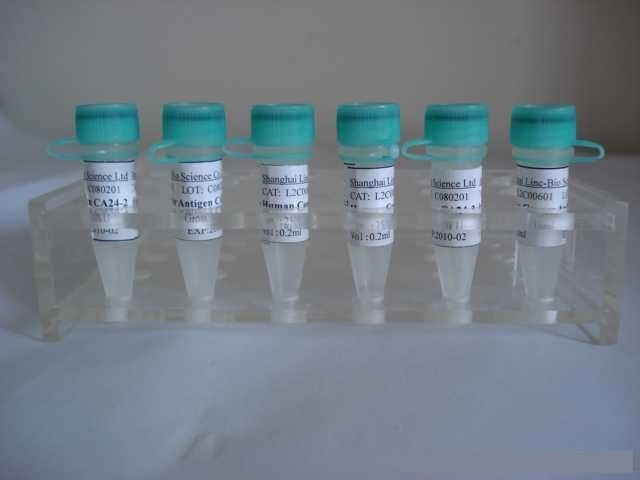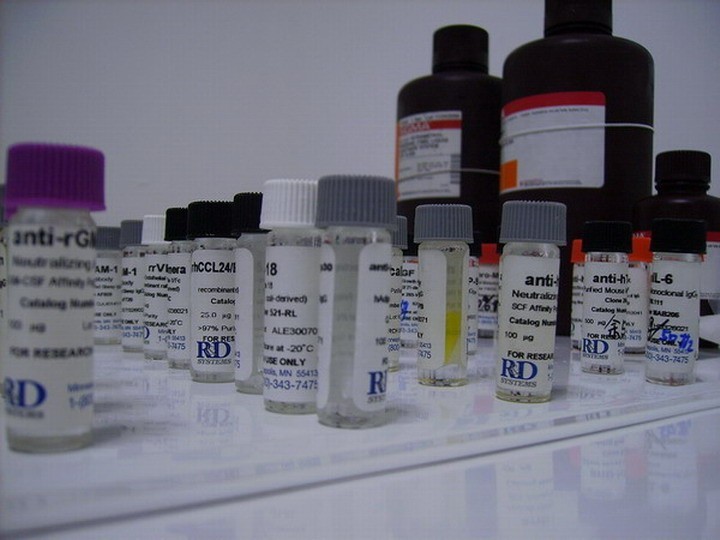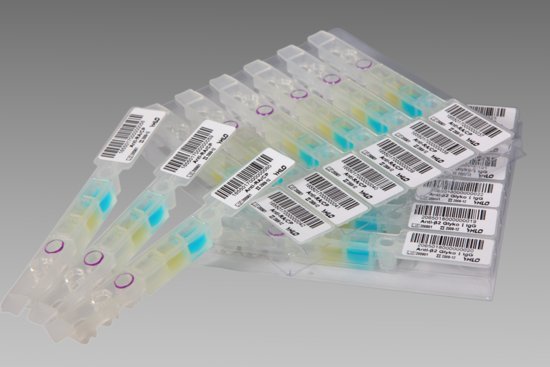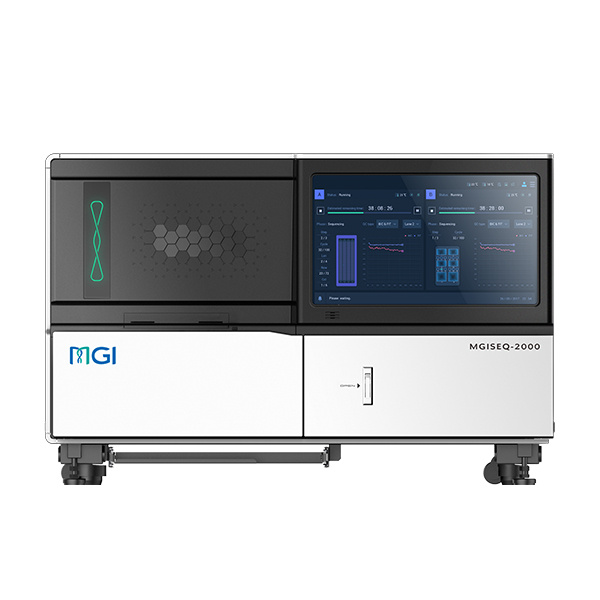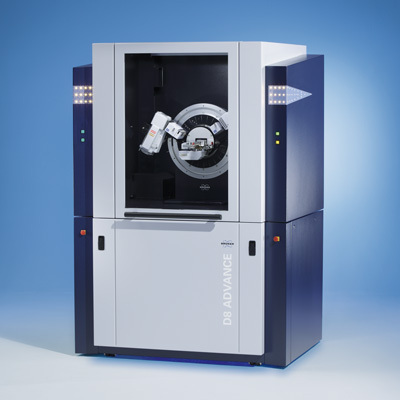浓 度 1mg/1ml
规 格 0.2ml/200μg
抗体来源 Rabbit
克隆类型 polyclonal
交叉反应 Human, Mouse, Rat, Dog, Cow, Horse, Rabbit, Sheep
产品类型 一抗
研究领域 神经生物学 信号转导 细胞粘附分子 细胞骨架
蛋白分子量 predicted molecular weight: 79kDa
性 状 Lyophilized or Liquid
免 疫 原 KLH conjugated synthetic peptide derived from human DNAI1/2
亚 型 IgG
纯化方法 affinity purified by Protein A
储 存 液 Preservative: 15mM Sodium Azide, Constituents: 1% BSA, 0.01M PBS, pH 7.4
产品应用 WB=1:100-500 ELISA=1:500-1000 IHC-P=1:100-500 IHC-F=1:100-500 ICC=1:100-500 IF=1:100-500
(石蜡切片需做抗原修复)
not yet tested in other applications.
optimal dilutions/concentrations should be determined by the end user.
保存条件 Store at -20 °C for one year. Avoid repeated freeze/thaw cycles. The lyophilized antibody is stable at room temperature for at least one month and for greater than a year when kept at -20°C. When reconstituted in sterile pH 7.4 0.01M PBS or diluent of antibody the antibody is stable for at least two weeks at 2-4 °C.
Important Note This product as supplied is intended for research use only, not for use in human, therapeutic or diagnostic applications.
轴丝中链动力蛋白抗体产品介绍 The inner- and outer-arm dyneins, which bridge between the doublet microtubules in axonemes, are the force-generating proteins responsible for the sliding movement in axonemes. The intermediate and light chains, thought to form the base of the dynein arm, help mediate attachment and may also participate in regulating dynein activity. This gene encodes an intermediate chain dynein, belonging to the large family of motor proteins. Mutations in this gene result in abnormal ciliary ultrastructure and function associated with primary ciliary dyskinesia (PCD) and Kartagener syndrome. [provided by RefSeq, Jul 2008].
Function : Part of the dynein complex of respiratory cilia.
Subunit : Consists of at least two heavy chains and a number of intermediate and light chains.
Subcellular Location : Cytoplasm, cytoskeleton, cilium axoneme.
DISEASE : Defects in DNAI1 are the cause of primary ciliary dyskinesia type 1 (CILD1) [MIM:244400]. CILD1 is an autosomal recessive disorder characterized by axonemal abnormalities of motile cilia. Respiratory infections leading to chronic inflammation and bronchiectasis are recurrent, due to defects in the respiratory cilia; reduced fertility is often observed in male patients due to abnormalities of sperm tails. Half of the patients exhibit situs inversus, due to dysfunction of monocilia at the embryonic node and randomization of left-right body asymmetry. Primary ciliary dyskinesia associated with situs inversus is referred to as Kartagener syndrome.
Defects in DNAI1 are the cause of Kartagener syndrome (KTGS) [MIM:244400]. KTGS is an autosomal recessive disorder characterized by the association of primary ciliary dyskinesia with situs inversus. Clinical features include recurrent respiratory infections, bronchiectasis, infertility, and lateral transposition of the viscera of the thorax and abdomen. The situs inversus is most often total, although it can be partial in some cases (isolated dextrocardia or isolated transposition of abdominal viscera).
Similarity : Belongs to the dynein intermediate chain family.
Contains 5 WD repeats.
Database links : UniProtKB/Swiss-Prot: Q9UI46.1
![]()




